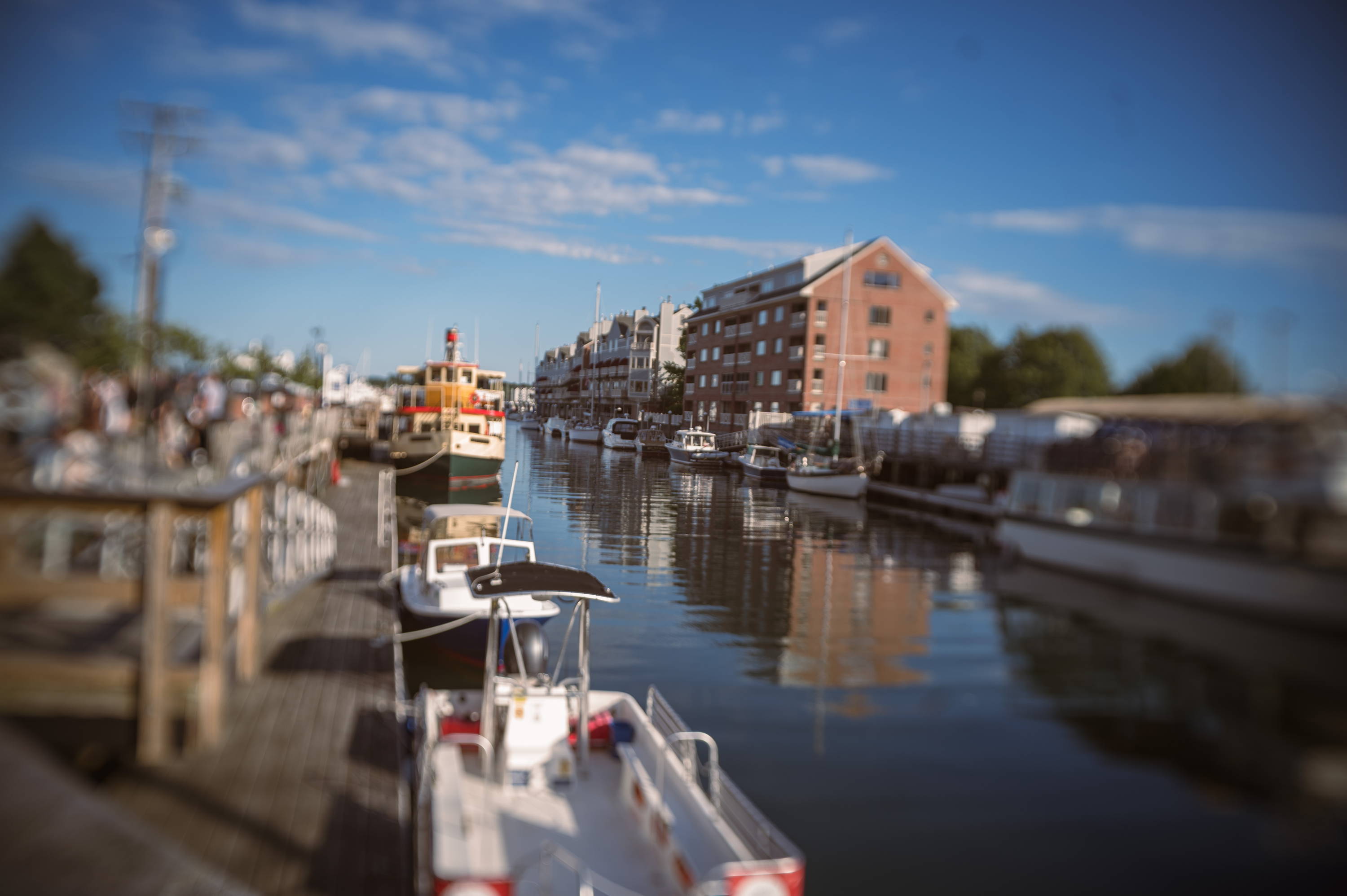When I first picked up a camera, I shot in auto mode. I didn't know anything about how a camera worked, and I wanted to focus on the artistic side of photography before I even began to worry about the technology. About four months in, I was finally ready to switch to manual; I asked a fellow photog friend what to do, and she advised me to start shooting in aperture priority mode before diving into the full manual. I readily agreed, acting like I knew what she was talking about, and then quickly googled aperture to figure out what I had just agreed to.
Aperture is considered one of the three pillars of photography, along with shutter speed and ISO. Once you jump to the manual, those are the three main things you will have control of. If you think of your camera lens like an eye, the aperture would be the pupil controlling the amount of light allowed to reach your camera sensor. You can look into your lens and see the aperture blades that open and close, depending on how you adjust your aperture. If your aperture is wide open, then a lot of light will reach your camera's sensor.
Conversely, the more stopped down your aperture, the less light will hit your sensor. Aperture doesn't just affect the amount of light that you're allowing in, but it also will change your depth of field when taking photos. For example, if your aperture is wide open, you will have a very shallow field depth, resulting in an in-focus and sharp subject with a blurred background. If you stop down your aperture, then you will be putting more of your photograph in focus and will lessen the blurred background, instead including everything in your shot. This is useful when taking photos of multiple people or in landscape photography.
Every lens has an aperture range. The different numbers within this range are called f stops. All Lensbaby lenses have their aperture range on the lens's side. For example, the Velvet 28 has an aperture range of f/2.5 – 22, the Edge 35 is f/3.5 – 22, and my Nikon Z 50 mm is f/1.8 - 16. This means that when your lens is open to its widest point, it will be at the lowest number in the range, and when it's stopped down to its most closed position, it will be at the largest. All lenses have different aperture ranges, and with Lensbaby lenses specifically, the wider open the lens then, the more effective you will see, while the more stopped down the lens then, the less effect you will see.
"Conversely, the more stopped down your aperture, the less light will hit your sensor. Aperture doesn't just affect the amount of light that you're allowing in, but it also will change your depth of field when taking photos."
Nikon 50
Here are a few examples of shooting the same scene with the same lens but at different apertures. With the Lensbaby Velvet lenses, the aperture affects the amount of glow in the photo as well as the depth of field, and with the Edge 35, it affects the amount of blur that will be around your slice of focus, as well as how large your area of focus is. With my Nikon Z 50 mm, the aperture just affects the depth of field and doesn't add any effects to the photos.
Want your shots featured by Lensbaby?
Be bold and shoot extraordinary! Make sure to tag your photos on IG with #Lensbaby, #ShootExtraordinary, and let us know what gear you’re using. 📸
Sarah McEachern
Mom of one, military wife and veteran. Photography is the only thing keeping me sane these days.




Leave a comment
All comments are moderated before being published.
This site is protected by hCaptcha and the hCaptcha Privacy Policy and Terms of Service apply.